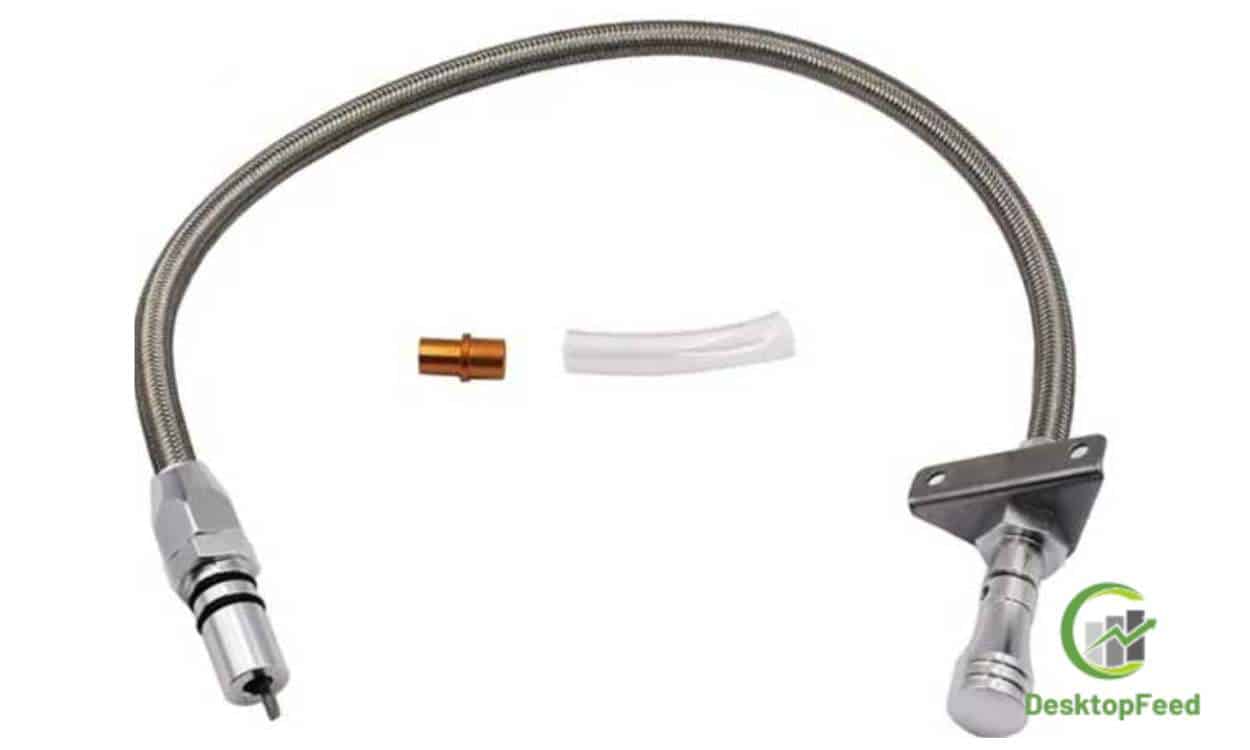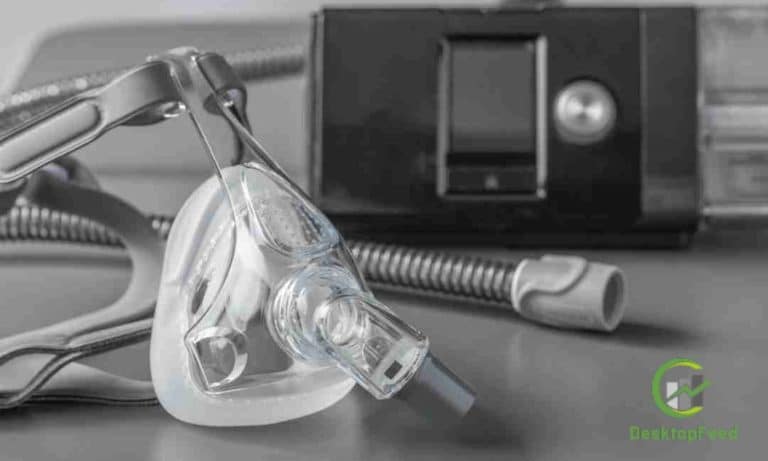What is Tranny Tube? Different Types of Tranny Tubes

Tranny tube are used for a variety of purposes. They can be made of aluminum, steel, carbon fiber, or other materials. The type that you choose will depend on your needs and budget. Choose a model that will balance the price and quality. It is important to choose a tranny tube that is sturdy yet lightweight.
What Is a Tranny Tube?
Let’s get this out of the way: despite the cheeky name, a tranny tube is all business. It’s short for “transmission tube,” a crucial part of your vehicle’s transmission system that most people never think about—until there’s a problem.
It’s like the unsung hero of your car. Without it, your vehicle wouldn’t shift gears properly or hold transmission fluid in place.
Why Tranny Tubes Matter in Vehicles
The Role in Transmission Maintenance
Tranny tubes help check the level and quality of transmission fluid, ensuring your gears don’t grind or slip. They also provide an access point for adding or removing fluid.
Impact on Car Performance
A faulty tranny tube can lead to fluid leaks, overheating, or jerky gear shifts. Think of it like drinking through a cracked straw—your car just won’t function the same.
Different Types of Tranny Tubes
OEM (Original Equipment Manufacturer) Tubes
These are the factory-fitted ones. Reliable, standard, and typically designed for your car model.
Aftermarket Performance Tubes
Want more heat resistance or durability? Aftermarket tubes come in high-performance variants ideal for racing or off-road vehicles.
Universal Fit Tubes
These work on multiple vehicle models. Handy, but not always the perfect fit. Use with caution.
Stainless steel tranny tube
A Stainless steel tranny tube is a great addition to any car engine bay. It is durable and easy to install. Not only will it keep the engine bay clean, but it will also allow you to check the brake fluid level with ease. You can purchase one of these tubes online or in your local auto shop.
There are many different types of tranny tubes on the market. Some are made from PVC, butyl, or synthetic materials. Although these materials are cheaper, they are not as durable as stainless steel tranny tubes. Plastic and butyl tranny tubes are also prone to leaks, so choose a higher-quality brand to avoid these problems.
When choosing a tranny tube, you should consider thickness, weight, and design. The inner diameter of the tube should be at least one-half of its external diameter. You should avoid buying a tranny tube with a wide bottom opening. Otherwise, you risk premature release due to a sharp edge. Also, make sure to buy a durable tube from a reputable supplier.
Stainless steel tranny tubes are ideal for many different applications. They are versatile and can be adjusted to different sizes. Stainless steel is also durable and rust-resistant. You can find one in a variety of colors to match your vehicle and personal style. You should also consider a brand’s reputation and read customer reviews.
The most common type of tranny tube is made from steel, but you can also find them made of PVC. These tubes are generally cheaper, but are not recommended for heavy-duty applications. Stainless steel tranny tubes are a better choice for applications that are exposed to chemicals or heat.
Plastic tranny tube
Whether you’re replacing your old plastic tranny tube or upgrading your bike’s suspension, there are many benefits to using a quality plastic tranny tube. For one, they offer great flexibility and can fit many different kinds of bikes. Another benefit is that they’re easy to install. There are usually two Schrader valves per tranny tube, which makes replacing the tubes a breeze.
Different tranny tubes are made of different materials and come in a variety of sizes and shapes. You should compare the benefits and drawbacks of each type before making a decision. Some types of tubes are easier to install than others, while others are stronger and more durable. It’s also important to know your budget before you start shopping for a tranny tube. Remember to check online reviews before you make your final decision.
Transmission tubes are very important because they help transmit the power from the engine to the drivetrain. A dirty torque converter can cause a car to shake and jerk. A tranny tube can reduce this risk and improve the performance of the transmission by increasing the flow of fluid and reducing friction. Choose one that’s made of quality material to get the best performance and durability for your car.
A good tranny tube can improve your vehicle’s performance and extend the life of the transmission fluid. Transmission fluid is dirty and tends to wear out faster than it should, so having a quality tube will ensure that your car will run smoothly and efficiently. Purchasing the right tranny tube is vital to maintaining the health of your vehicle, so be sure to compare options online before buying.
Also Read: How to Start a Hot Shot Business
Butyl tranny tube
A Butyl tranny tube is a great way to extend the life of your transmission. Conventional transmission fluid can become dirty and weak after a few years. Adding a Butyl tube to your car’s transmission will extend the life of the transmission fluid, improving the performance of your vehicle.
This type of tube is made from butyl rubber and is resistant to heat and air. It’s available in two widths and is compatible with multi-piece driveshafts up to 20 inches in diameter. These tubes come with simple instructions that make them easy to install. They will help prevent flat tires and protect your vehicle from damage caused by a punctured tire.
When choosing a Butyl tranny tube, make sure to look for a tube with a flat bottom and an inner diameter that is narrow. Avoid those with sharp edges because these could cause the cylinder to release prematurely. Butyl tranny tubes are more durable than their plastic counterparts. Plastic elastic tends to leak easily and has lower tensile strength than Butyl.
You can also buy a Butyl tranny tube made of stainless steel. The stainless steel models are lightweight and will fit a variety of engine bay sizes. However, you should also be aware of the durability of these trunnion tubes, which will be exposed to heat and air for extended periods.
The Xtreme Transmission Dipstick is compatible with all Chevy Firewall mounts and comes with a stainless steel housing that resists rusting. Its diameter ranges from 1.75 to 1.25 inches. It is compatible with most cars and is a good choice for kids who like riding their bikes. It also has a built-in cleaning tube.
Stainless steel vs butyl tranny tube
A tranny tube is one of the essential parts of your car’s suspension system. It’s important to choose a high-quality one that will fit your vehicle and won’t corrode. Stainless steel tranny tubes are lightweight and durable and can last for years.
Tranny tubes come in a variety of materials and shapes. When deciding which material to choose, consider the length and diameter of the tubes. Stainless steel tubes tend to be longer-lasting than their plastic counterparts. However, plastic tubes are prone to leaking and puncturing, so they should be used with care.
Stainless steel tranny tubes are more durable than butyl tranny tubes. They also resist heat and moisture, making them more suitable for harsh environments. While PVC tranny tubes are more affordable, stainless steel tubes are better for use in corrosive environments and will not rust. Stainless steel tubes are also better for small vehicles.
Stainless steel tranny tubes are durable, lightweight, and easy to use. They have a Schrader valve, which provides extra security. They can be used on most types of bikes, including mountain and hybrid bikes, and can last for two years or more with proper maintenance.
There are many brands of tranny tubes, and each one has its own pros and cons. You can read user reviews to determine which one will work best for you. You should also look for a self-sealing tranny tube, since this type won’t leak.
Stainless steel tranny tubes are a good investment for many people. They last for a long time, and are compatible with most car brands. However, it’s always better to check Amazon’s reviews to determine which model is best for you.
Self-sealing tranny tube
Self-sealing tranna tubes are a great way to prevent your tranny tube from leaking. There are several different types on the market, and many are made of stainless steel or butyl, which is attractive and resistant to moisture and corrosion. Before you purchase one, it is a good idea to read user reviews and compare prices before committing to one.
Tranny tubes come in a variety of materials, including steel, butyl, and PVC. While PVC is inexpensive, it’s not recommended for heavy-duty applications. PTFE is a better option for high-temperature applications and is common in industrial applications. Stainless steel tranny tubes are more expensive, but can withstand harsh environments and can last for years.
Stainless steel tranny tubes are an excellent choice for beginners. Made of steel, they are lightweight and easy to use. Shemale tranny tubes can be used in both new and vintage cars. They come in various colors and are made to be durable and comfortable to use. They also come with billet handles, making them an excellent choice for transport and restoration.
Self-sealing tranna tubes are easier to install and take up less time than other tranny tubes. In addition, they last for up to 10 years with proper care. Self-sealing tranny tubes are available in different prices on online marketplaces, so you’ll need to decide on a budget and compare prices before buying one.
Buying a tranny tube online can be a good way to compare different brands and check for reviews. This will help you find the right product at the lowest price.
Materials Used in Tranny Tubes
Steel vs. Aluminum
Steel tubes are durable and heat-resistant, while aluminum ones are lighter and easier to handle—but can be less tough.
Rubber-Coated or Braided?
Braided tubes offer extra protection against cuts and abrasion, perfect for high-stress environments.
How to Identify a Bad Tranny Tube
Common Signs and Symptoms
- Dripping red fluid under your car
- Gear shifting delays
- Warning lights on the dash
Leak Detection Tips
Look for wet spots near the transmission dipstick or tube base. Also, check for puddles where you park.
Smell of Burning Fluid
That burnt-toast smell? A strong sign your transmission is cooking due to low fluid caused by a leaky tube.
Shifting Issues
Sluggish or hard gear shifts? Your transmission could be gasping for fluid—again, blame the tube.
How to Replace a Tranny Tube
Tools You’ll Need
- Wrench set
- Screwdrivers
- Drain pan
- Fresh transmission fluid
- Gloves & goggles
Step-by-Step DIY Guide
Safety Precautions
Park on level ground, use jack stands, and let your engine cool down.
Drain and Disconnect
Remove the dipstick, drain fluid, and unscrew the old tube carefully.
Install and Refill
Slide the new tube in, tighten connections, and refill transmission fluid to the proper level.
Tips to Maintain Your Tranny Tube
Regular Inspection Routines
Pop the hood monthly. Look for leaks, cracks, or discoloration.
Keeping Transmission Fluid Clean
Dirty fluid = grime inside your tube. Flush and replace it every 30,000 to 60,000 miles.
Popular Brands and Models in 2025
Best Budget Options
- Dorman
- ATP Automotive
High-Performance Tubes
- B&M
- Lokar Performance
Myths and Misconceptions About Tranny Tubes
“They Never Need Replacing”
Wrong! Like brake pads or filters, they wear out over time.
“Any Tube Will Do”
Nope—incorrect sizing can lead to leaks or misfits. Always match your make and model.
Future of Tranny Tubes in Electric Vehicles
Are They Still Needed?
EVs don’t use traditional transmissions, so many won’t need tranny tubes. But hybrids still might.
Innovations on the Horizon
Heat-resistant, self-sealing, or even smart tubes that alert you to damage—the future is high-tech!
Final Thoughts: Is Your Tranny Tube Road Ready?
If you’ve never checked your tranny tube, now’s the time. It might be a small part, but it keeps your transmission—and your whole car—running smooth. A $50 fix now can save you a $500 repair later.
So pop that hood and give your tranny tube the love it deserves.
FAQs
1. What does a tranny tube actually do?
It helps measure, fill, and direct transmission fluid—essential for smooth gear shifts and cooling.
2. How often should you replace a tranny tube?
Usually every 60,000–100,000 miles, or whenever it shows signs of wear or leaks.
3. Can I use a universal tranny tube on any vehicle?
Only if it matches your car’s specs. Always double-check the fit!
4. What’s the cost of replacing a tranny tube professionally?
Anywhere between $100 and $250, depending on your vehicle and location.
5. Is the term “tranny tube” outdated or inappropriate?
In auto lingo, it’s normal. But be mindful in other contexts, where “tranny” can be considered offensive.
For More Articles: Desktopfeed.com






